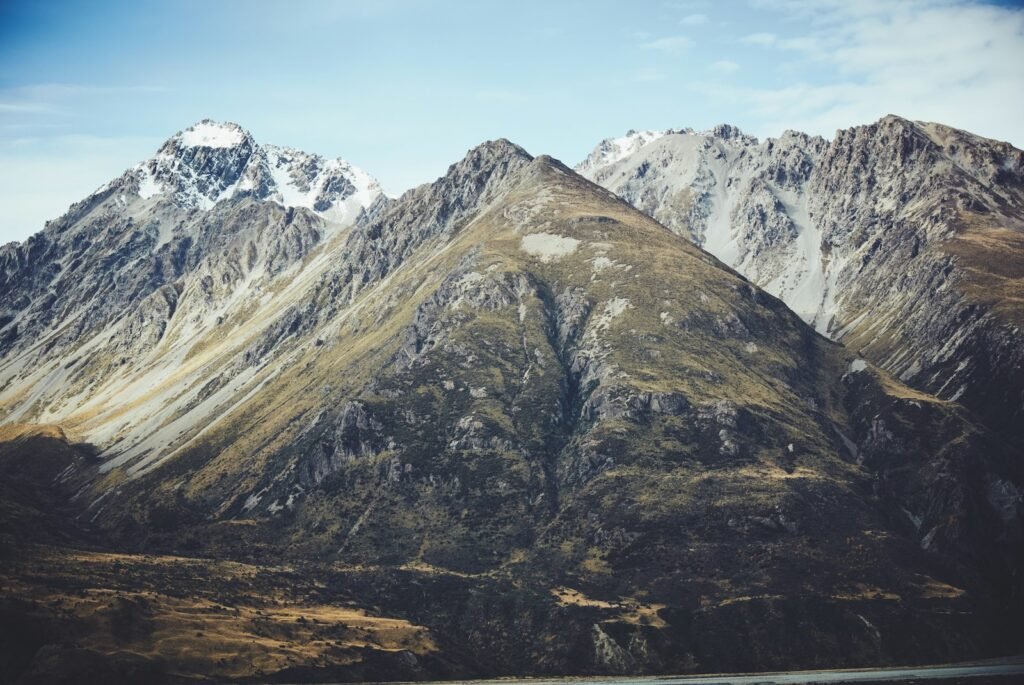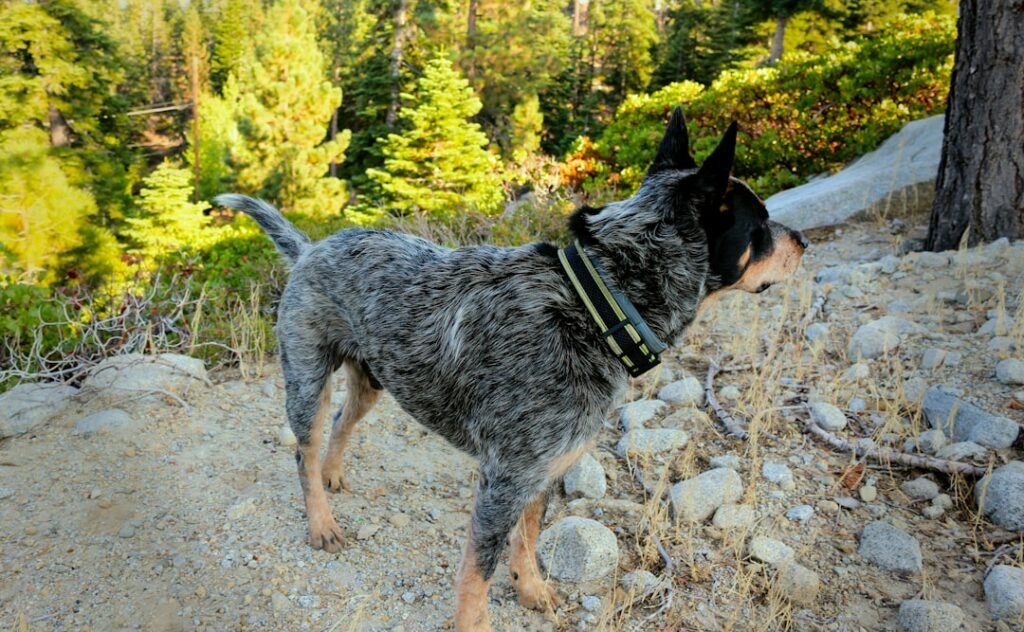Imagine opening a field notebook and finding your own personality sketched between paw prints and feather tracks. That’s the thrill behind this guide: pairing zodiac traits with real woodland species, using behavior and ecology rather than clichés. The idea isn’t to predict your week; it’s to reframe character through animals we can actually observe, measure, and protect. In 2025, as forests warm, fragment, and shift, the comparison feels surprisingly urgent: identity meets habitat, horoscope meets field guide. The result is a playful, evidence-anchored map that might change how you read both your star chart and a trail camera photo.
The Hidden Clues

Walk a forest at dawn and you’ll sense patterns long before you see them: a rustle at the edge, a cleanly clipped twig, a hush broken by wingbeats that don’t stir the air. Those patterns are clues, and they mirror the shorthand we use in astrology – bold versus cautious, social versus solitary, sprint versus strategy. I once watched a gray jay follow my group for half a mile, caching crumbs with serene confidence; it felt uncomfortably familiar, like watching a chatty friend who secretly plans three steps ahead.
To link zodiac signs with species, we look at behavior that scientists track: foraging tactics, home-range size, dominance, cooperation, and problem-solving. These aren’t fantasies; they’re repeatable field observations and, increasingly, data from GPS collars, bioacoustic sensors, and motion-triggered cameras. The goal isn’t to box you in, but to offer a living metaphor grounded in real ecology.
Fire Signs on the Forest Edge: Aries, Leo, Sagittarius

Aries aligns with the red fox, the opportunist that dashes first and refines later. Foxes test, pivot, and pounce with fast-twitch curiosity, thriving at edges where risk and reward collide. That heat-map of action tracks with Aries’ directness: start the chase, learn on the run, own the outcome.
Leo pairs with the lynx, all poise and precision under a velvet hush. Lynx hold their ground with quiet authority, stalking snowshoe hares like a stage performance that leaves no room for error. Sagittarius finds kinship in elk, a wanderer with wide ranges, big calls, and a taste for new pastures when conditions shift.
Earth Signs Under the Canopy: Taurus, Virgo, Capricorn

Taurus belongs with the beaver, the meticulous builder whose dams turn trickles into wetlands that shelter fish, amphibians, and birds. The patience to haul branches night after night mirrors Taurus’ steady devotion to structure and comfort. When beavers commit, landscapes follow, and that’s exactly the Taurus signature.
Virgo matches the wood ant, an organizer running a clean, efficient city beneath your boots. Ant societies sort tasks, manage risks, and optimize routes with a competence that seldom asks for applause. Capricorn meets the wolverine, relentless and strategic, crossing hard country with a stubborn grace that looks like luck from far away and like craft up close.
Air Signs Between Branches: Gemini, Libra, Aquarius

Gemini resonates with the gray jay, a social tactician that stashes food and remembers where to find it when winter tightens its grip. The jay’s easy companionship hides a mastermind’s ledger, a mix of talk and planning that keeps the flock fed. That blend of banter and brain matches Gemini’s quick-switching mind.
Libra aligns with the barred owl, whose flight is tuned for balance – broad wings, soft fringes, silent approaches that rely on immaculate form. Even the owl’s rounded visage feels like visual symmetry, designed to focus sound and sight into a single, poised decision. Aquarius pairs with the raccoon, problem-solver and boundary-crosser, turning lids and levers into open doors with nimble, tool-like hands.
Water Signs at the Stream: Cancer, Scorpio, Pisces

Cancer’s mirror is the black bear, a guardian with a memory for food trees and safe dens, attentive to kin and seasonal rhythms. In a mast-rich year, bears move with calm abundance; when times thin, they pivot without abandoning care. That protective adaptiveness is Cancer at its best.
Scorpio meets the pine marten, a lithe mustelid that hunts in the half-light, intense, precise, and unafraid of the tight spaces others avoid. It’s determination channeled rather than sprayed, a focus that looks like magic until you watch the repetition up close. Pisces flows with the river otter, playful yet sensitive to the health of every riffle and pool, reading currents the way artists read a room.
Why It Matters: Nature, Identity, and the Science of Metaphors

Linking signs to species isn’t about proving the stars right; it’s about making conservation personal. People remember stories, and when the story features an animal that matches their self-image, they pay attention to habitat loss, water quality, and migration corridors. In psychology, metaphors work as cognitive shortcuts, helping abstract ideas latch onto tangible scenes.
Ecology needs that bridge right now, because data without attachment rarely moves hearts or wallets. If a Virgo sees the forest as an ant city worth protecting, or a Leo sees the lynx as the sovereign of quiet spaces, policy suddenly feels like home maintenance, not homework. The metaphor becomes a gateway to the spreadsheets, not a substitute for them.
The Future Landscape: Tech, Ethics, and What Comes Next

Camera traps and machine learning are exploding our understanding of animal routines, catching patterns we once missed – who arrives after a rain, which trail is a nocturnal highway, how drought rearranges dinner plans. Environmental DNA from streams now reveals unseen presences, letting us track otters and martens without a single paw print. As these tools sharpen, our pairings can iterate with better nuance: not just fox equals Aries, but which habitat and season bring out that Aries edge.
Ethically, we need guardrails so storytelling doesn’t slide into stereotyping wildlife or people. The fix is transparency: treat these matches as playful on-ramps to real science, then invite readers to the raw data and the field notes. If the forest is an evolving newsroom, technology is the beat reporter, and we’re all learning to read its copy with more care.
Global Perspectives Folded Into Local Trails

Forests aren’t uniform; a raccoon in a Midwestern oak-hickory patch solves different puzzles than one in a coastal cedar swamp. Elk in European woodlands manage centuries of human overlap, while North American elk negotiate highways and wildfire regimes that change migration clockwork. The zodiac stays constant, but the animal expression flexes with latitude, history, and law.
That’s the real lesson: cosmology may be universal, yet conservation is stubbornly local. When you root the metaphor in your watershed – your creek, your ridge, your town’s greenbelt – the story gains traction. The sky may set the theme, but the forest writes the verses line by line.
Conclusion

Pick your sign’s species, then learn one concrete habitat fact about it in your region – den sites, nesting trees, stream quality, or seasonal food sources. Support a local project that protects that need, whether it’s planting native shrubs for jays, installing beaver-friendly culverts, or backing quiet zones for owls. Bring curiosity on your next walk: note tracks, scat, and sounds, and treat them like headlines waiting for context.
Share what you find with one friend who wouldn’t usually read a field guide, and keep the tone light but factual. If the metaphor gets them to care, you’ve succeeded; if the data keeps them engaged, the forest has a new ally. Which animal will you look for first?

Suhail Ahmed is a passionate digital professional and nature enthusiast with over 8 years of experience in content strategy, SEO, web development, and digital operations. Alongside his freelance journey, Suhail actively contributes to nature and wildlife platforms like Discover Wildlife, where he channels his curiosity for the planet into engaging, educational storytelling.
With a strong background in managing digital ecosystems — from ecommerce stores and WordPress websites to social media and automation — Suhail merges technical precision with creative insight. His content reflects a rare balance: SEO-friendly yet deeply human, data-informed yet emotionally resonant.
Driven by a love for discovery and storytelling, Suhail believes in using digital platforms to amplify causes that matter — especially those protecting Earth’s biodiversity and inspiring sustainable living. Whether he’s managing online projects or crafting wildlife content, his goal remains the same: to inform, inspire, and leave a positive digital footprint.




